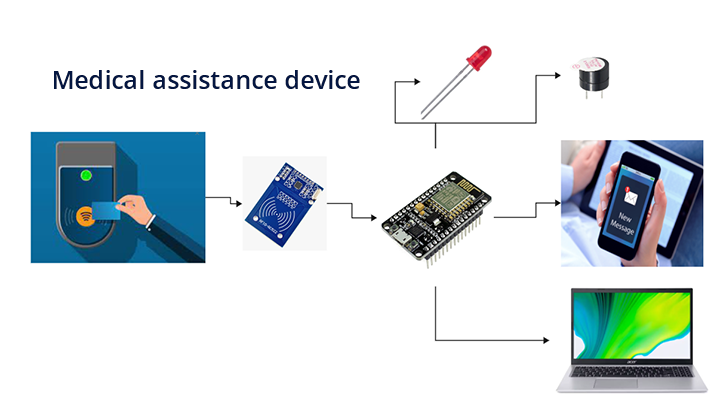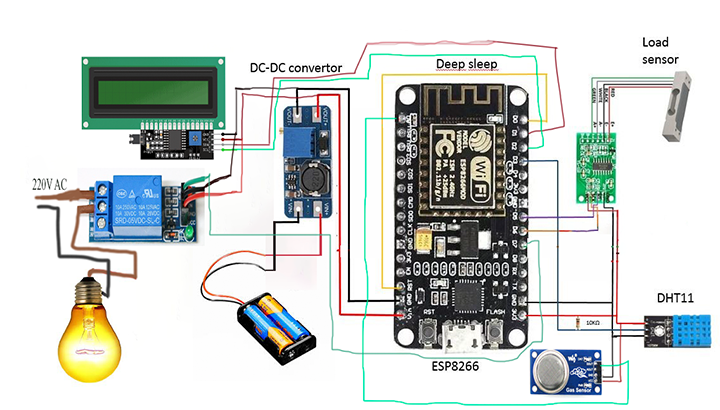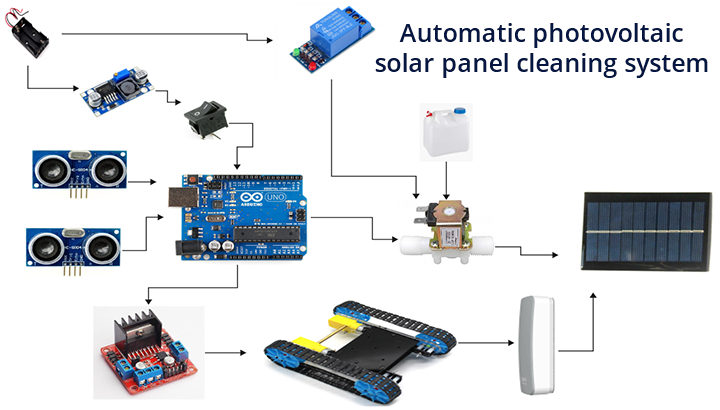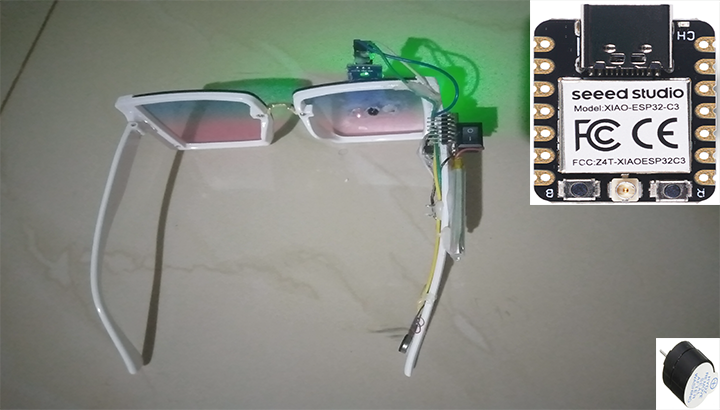Conveyor Belt Control System with ESP8266 and Servo Motor for Item Sorting
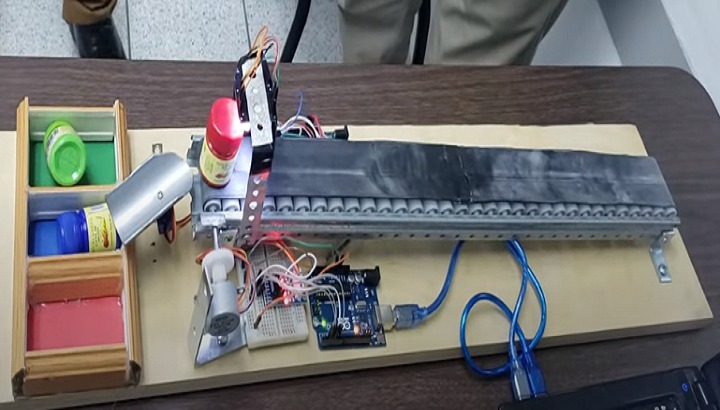
The primary objective is to enhance operational efficiency, reduce manual intervention, and enable seamless integration with IoT-based systems. The system employs an ESP8266 microcontroller to manage the conveyor belt's movement, speed, and direction. Sensors are integrated to detect the presence and type of objects on the belt, measuring their speed and ensuring proper alignment. A servo motor is used to sort items into different bins based on predefined criteria, such as size, color, or type.
The sorting process can be demonstrated effectively by separating objects of different colors using a color sensor. For instance, the system can separate red and blue objects into two different bins. The color sensor detects the color of each item as it moves along the conveyor belt, and the servo motor then directs the item to the appropriate bin.
Collected data is transmitted wirelessly to a cloud server, allowing for real-time analysis and control. A mobile application or web interface enables users to start, stop, and control the conveyor belt remotely, displaying real-time data on the belt's status, such as speed, item count, and sorting performance. Alerts and notifications can be configured to inform users of any issues or required maintenance, ensuring timely intervention and minimizing downtime.
The ESP8266-based conveyor belt control and sorting system offers a cost-effective and scalable solution for industrial automation. It improves operational efficiency, enhances safety, and provides valuable data insights for optimizing conveyor belt performance. This project demonstrates the potential of IoT technologies in transforming traditional manufacturing and material handling processes.
Related project idea for free
Controlling Drunk Driving and Speeding Using RF and Alcohol Detection Sensor Technology
This proposed system attempts to address the flaws of the current system by employing cutting-edge technology to prevent road accidents caused by speeding and intoxicated driving. The system includes an RF module, a MQ3 alcohol sensor, and a microcontroller that measures the vehicle's speed as w...
Read more>>IoT-based Medi-WebCPD medical assistance device
The IoT-based Medi-WebCPD device revolutionizes the healthcare industry by leveraging Internet of Things (IoT) technology to enable seamless communication between patients and doctors. This innovative device eliminates the need for physical visits or phone calls, providing instant and secure communi...
Read more>>IOT based food grain warehouse monitoring
This project entitled ''IOT BASED FOOD GRAIN MONITORING''. In this project, a NodeMCU microcontroller is integrated with multiple sensors, including a gas sensor, DHT sensor, and two load cell sensors, as well as control for air conditioning and heating systems. The NodeMCU monitors temperature a...
Read more>>Automatic photovoltaic solar panel cleaning system
This report is a product of project entitled "Automatic photovoltaic solar panel cleaning system" The aim of this project is to design an innovative cleaning solution for photovoltaic solar panels in solar power plants. The accumulation of dust and debris on solar cells significantly reduces the eff...
Read more>>ANTI-SLEEP SYSTEM FOR VEHICLE DRIVER BASED ON SEEED STUDIO XIAO ESP32C3
Drivers who are drowsy or tired present a serious danger to other drivers on the road because they are less vigilant and are more likely to fall asleep at the wheel. The lack of an effective real-time system that can consistently identify warning signs of driver fatigue and quickly issue alarms to p...
Read more>>

